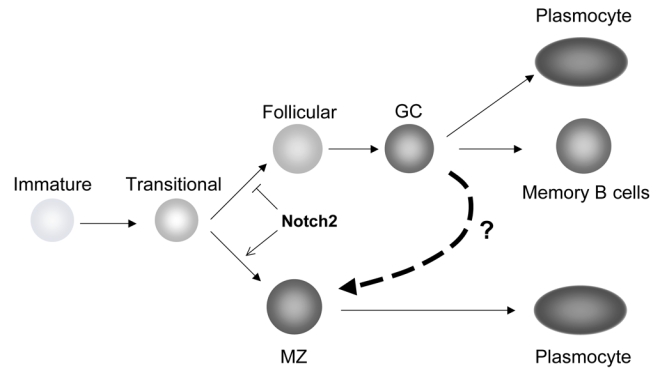Fig. 1. What origin for marginal zone B cells in humans?

Transitional B cells in the mouse have been described as undergoing a binary cell fate, depending upon Notch2 activation, to become either follicular B cells (than can later be activated in germinal centers, leading again to either memory B cells or plasmocytes) or marginal zone B cells, that can be engaged in rapid plasmocytic differentiation in the response to blood-born antigens [10]. Marginal zone B cells in humans have been proposed to undergo diversification of their Ig genes outside of an immune response [2]. An alternate proposition (marked by the dotted arrow) is that splenic marginal zone B cells in humans are a subset arising during germinal center differentiation, after the onset of somatic mutation and before isotype switch [11].
